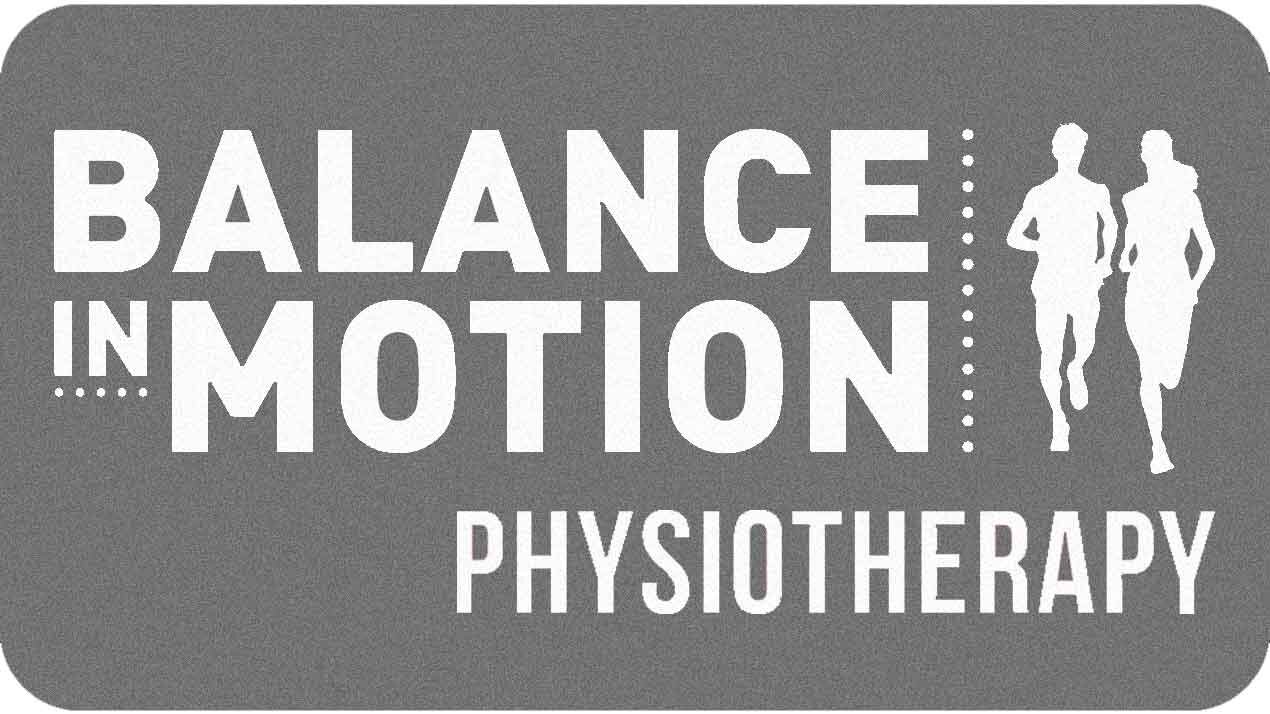Understanding Calf Strains
/Understanding Calf Strains: Types, Grades, and Healing Process
A calf strain is a common injury that can affect anyone, from athletes to casual walkers. Whether you’re sprinting, jumping, or simply walking, a sudden pull or tear in the muscles of your calf can leave you sidelined for weeks or longer. Understanding the types of calf strains, their grades, and how they heal can help you recover faster and prevent future injuries.
What Is a Calf Strain?
A calf strain is an injury to one of the muscles in the calf, typically the gastrocnemius or soleus muscles. These muscles work together to help you perform everyday movements like walking, running, and climbing stairs. A strain occurs when these muscles are overstretched or torn, often due to sudden or excessive force. The gastrocnemius muscle is more susceptible to injury as it is a muscle which extends over two joints (the knee and ankle).
Types of Calf Strains: Grades Explained
Calf strains are generally classified into three grades based on the severity of the injury. These grades help determine the treatment plan and expected recovery time.
Grade 1: Mild Strain
A Grade 1 calf strain involves minor stretching or microscopic tears in the muscle fibres. The injury is usually mild and doesn't cause significant pain or dysfunction.
Symptoms:
Mild discomfort or tightness in the calf muscle
Slight swelling or tenderness
Pain on single leg calf raise or single leg hop
Healing Time:
Grade 1 strains typically heal within 10-12 days but can take up to 4 weeks for full recovery.
Grade 2: Moderate Strain
A Grade 2 calf strain involves partial tearing of muscle fibres. The pain is more intense usually sharp at the time of activity, and the calf muscle will be weaker. You may have difficulty walking due to pain afterwards.
Symptoms:
Moderate sharp pain, especially when using the affected leg
Swelling may be present and mild to moderate bruising around the calf
Difficulty walking, running, or jumping
Pain when pointing the foot, weakness with resisted movements
A reduction in range of motion and pain with a bilateral calf raise.
Healing Time:
Grade 2 strains generally take 3 to 6 weeks to heal, depending on the severity of the tear. A more structured rehabilitation program is recommended or a full recovery.
Grade 3: Severe Strain (Complete Tear)
A Grade 3 calf strain is the most severe form of the injury, involving a complete rupture or tear of the muscle fibres. This type of strain can cause severe and immediate pain, often you are unable to continue with the activity at hand. Significant swelling with considerable bruising is to be expected within hours of the injury.
Symptoms:
Severe pain immediately after injury, often described as a sharp or stabbing sensation
Extensive swelling and bruising
Inability to bear weight on the injured leg
Palpable muscle gap
Inability to contract the calf muscle
Healing Time:
Grade 3 strains typically require 6 to 12 weeks minimum for recovery and may involve more intensive treatments, such as surgery in extreme cases. Full recovery from a Grade 3 strain can take several months, and rehabilitation is essential to regain strength and flexibility.
Healing Process for Calf Strains
The healing process for calf strains generally follows a predictable pattern, though recovery times can vary depending on the severity of the injury.
Phase 1: Acute Phase (0-3 Days) Peace
Protection – Activities should be limited to allow the injured leg to be rested
Elevation- Keeping the leg propped up with pillows will helped to aid reduce swelling
Avoid Anti-Inflammatories (including Ice) – Evidence now suggests if these are started too early in the recovery process healing may be slowed down.
Compression – A gentle compression bandage will aid with the reduction of swelling
Education – Learning about your injury and knowing what to do and what not to do is essential for speedy recovery. Gentle movements and exercise should be initiated within pain free ranges.
Phase 2: Subacute Phase (3 Days-2 Weeks)
Load – We now want to start loading the body, but using pain a guide this means trying to start increasing the amount standing and walking we are doing.
Optimism- Maintaining a positive mindset after an injury can be challenging, but it is essential for your emotional and physical well-being during the recovery process.
Vascularisation – Pain free cardiovascular activity will help blood flow to the injured area encouraging better tissue healing.
Exercise – Starting a graded rehabilitation programme is now essential for progressing strength and range of motion.
Phase 3: Recovery Phase (2-6 Weeks)
Rehabilitation: Depending on the severity of the strain, physiotherapy maybe required to guide you back to the activities you love doing most!
Gradual Return to Activity: Begin low-impact exercises, such as swimming or cycling, to increase strength without overloading the calf muscle.
Proprioception and Agility Training: As you near full recovery, activities that improve coordination and balance can help prevent re-injury.
Calf strains are a common injury, but with the right knowledge of their types, grades, and healing processes, you can recover effectively and safely. Whether you’re dealing with a mild, moderate, or severe calf strain, following a proper treatment plan individualised for you and allowing your body the time it needs to heal is essential for long-term recovery.
If you or anyone you know is struggling with a calf injury, be sure to reach out to us so we can get you in for an assessment and create a treatment plan individualised for you and your goal!
Remember: If you’re unsure of the severity of your calf strain or if it doesn't seem to be improving, always seek medical advice to ensure you're on the right track for recovery.
Jess Rose

